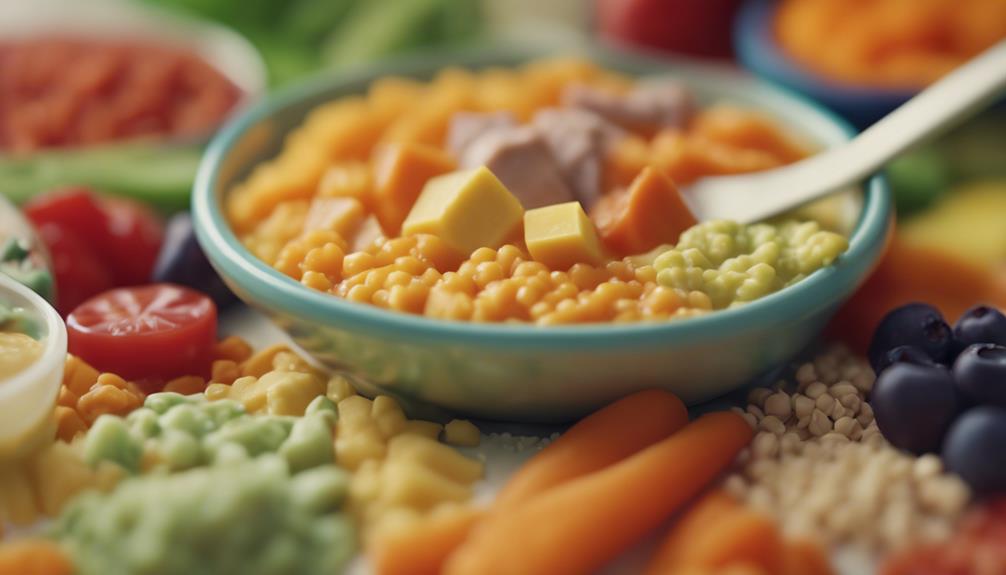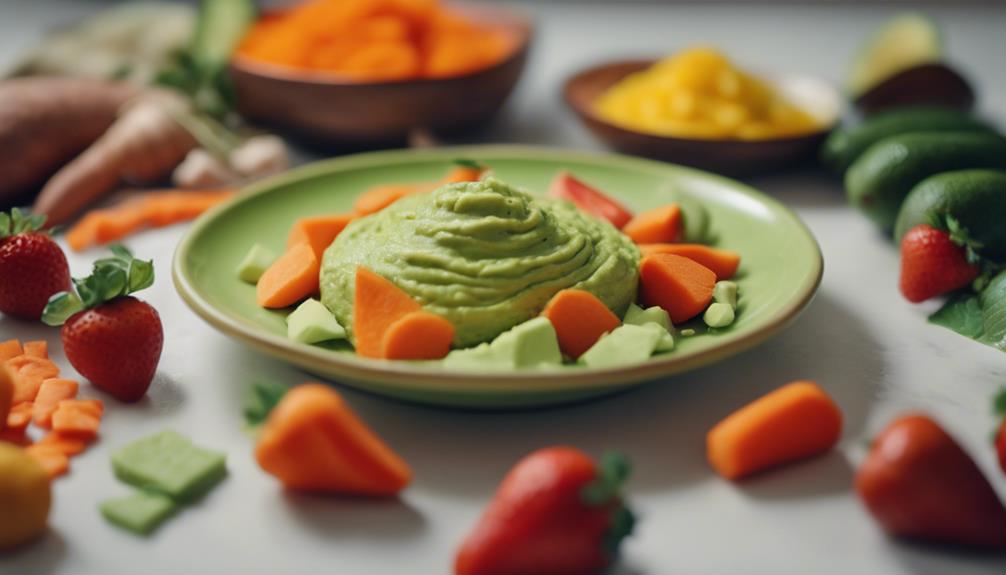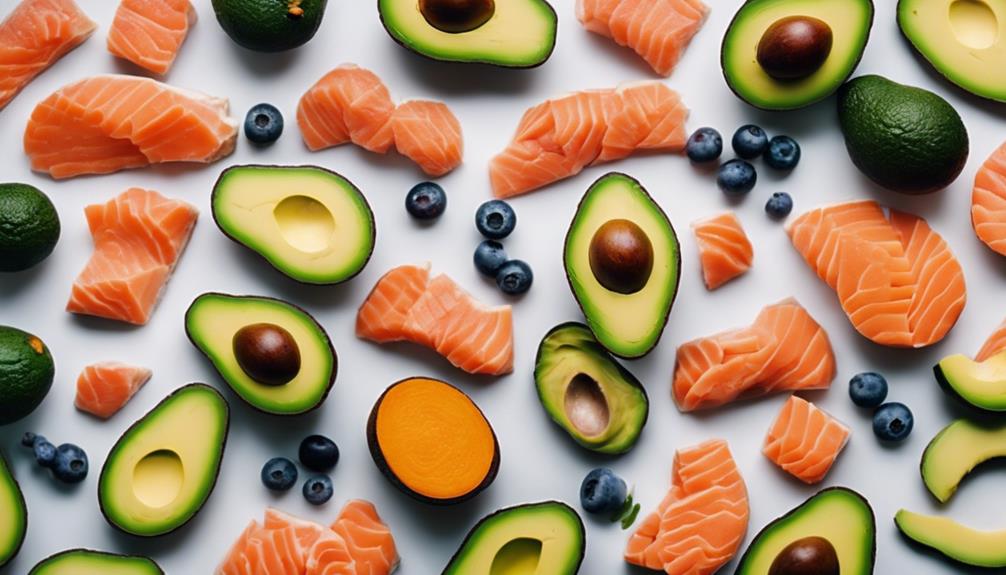When introducing a bottle to a breastfed baby, watch for signs of readiness like rooting or lip smacking, and choose a comfortable environment to help them feel secure. Offer the bottle when your baby is calm and use a nipple with a slow flow that mimics breastfeeding. Be patient, try different positions, and pay attention to their cues and preferences. With gentle persistence, you’ll learn how to navigate this shift seamlessly—if you keep exploring, there’s more to discover.
Key Takeaways
- Recognize your baby’s feeding cues to introduce the bottle when they are calm and receptive.
- Choose a nipple and bottle that match your baby’s preferences and flow rate to prevent frustration.
- Introduce the bottle gradually during calm, non-tired moments in a familiar environment.
- Ensure the milk is warm, consistent in temperature, and at a comfortable flow for smooth acceptance.
- Be patient, offering the bottle repeatedly over days or weeks, and use different positions to facilitate acceptance.

Switching from breastfeeding to bottle-feeding can feel overwhelming, but with the right approach, it becomes a smooth changeover for both you and your baby. One of the key aspects to focus on is understanding your baby’s pediatric feeding cues and preferences. Every baby is unique, and some may take to a bottle quickly, while others need more time to adjust. You might notice your little one showing signs of readiness, such as rooting or lip smacking, which indicates they’re hungry and may accept a bottle. Recognizing these cues helps you introduce bottle-feeding at the right time, making the transition less stressful.
Recognize your baby’s feeding cues to ensure a smooth bottle-feeding transition.
When selecting a bottle, consider your baby’s bottle preferences. Some babies prefer certain shapes or materials, like silicone or latex nipples, and may be more comfortable with a slow flow or a specific nipple shape that mimics the breast. It might take a few tries to find the right fit, but paying attention to how your baby responds during feeding can guide you. If they seem frustrated or prefer to chew on the nipple, switching to a different flow rate or nipple style might help. Watching for signs of frustration or preference allows you to adjust accordingly, ensuring a positive feeding experience.
The transition also involves understanding pediatric feeding principles, which emphasize patience and consistency. Start by offering the bottle when your baby is calm and not overly hungry or tired. You can try offering the bottle in a familiar environment, perhaps during a time when you’re nearby but not directly involved, so your baby associates the bottle with comfort. Keep in mind that some babies might initially refuse the bottle, especially if they are used to breastfeeding exclusively. In such cases, you can try different positions or even have someone else offer the bottle to lessen your baby’s association with breastfeeding during the initial attempts.
Temperature is another critical factor—ensure the milk is warm but not hot, matching the temperature of breast milk. Sometimes, babies prefer milk slightly warmer or cooler, so observe their reactions and adjust accordingly. Consistency helps your baby learn that the bottle is a reliable source of nourishment. Be patient and give your baby time to explore and accept the bottle at their own pace. Remember, developmental readiness varies; some babies take days, others weeks. Staying attentive to your baby’s cues, such as feeding readiness, can make the process easier and more effective. Gradually, bottle-feeding will become a natural part of your routine, complementing their pediatric feeding needs and preferences.
Conclusion
So, here you are, swapping breasts for bottles—who would’ve thought that giving your baby a bottle could be such a victory? Ironically, the hardest part might be convincing yourself that this new routine is just as natural. But remember, even the most stubborn babies eventually accept change—and so do tired parents. So, relax, enjoy the journey, and celebrate each tiny milestone. After all, in the end, it’s all about nourishing love—no matter the container.










